The wet plate/collodion photographic process was invented in 1850 by Frederick Scott Archer, only 11 years after the first fixed photographs were publicized using the Daguerreotype (Nicephore Niépce – who also invented the internal combustion engine) and Calotype (Henry Fox Talbot) methods. While these pioneering and technically difficult methods continue to be used by artists and enthusiasts today, the wet plate process proved far easier to master with more reliable results, and became the photographic standard for half a century. For astronomical photography, wet plate or ‘dry plate’ glass negatives continued to be used deep into the 20th Century, as the silver particles suspended in collodion or liquid gelatin are 1000x finer than is possible with ‘film’. As a medium for artists, the wet plate technique was lost in the latter half of the 20th Century, until a few DIY die-hards dug into old books, ordered the basic chemistry (collodion, ether, grain alcohol, iodine and bromine salts, silver nitrate crystals, sodium hyposulfate, ferric nitrate, acetic acid, etc.), and re-learned what every photographer in the 19th Century knew by heart. Hats off to them.
Wet plate photography has been a peculiar fascination of mine since I saw an exhibit of 200 original ‘Nadar’ portraits in France, back in 2010. The Jeu de Paume photography museum had recently taken over the Château de Tours, and its walls were covered by 8×10″ albumen prints of the most interesting characters in Bohemian France in the second half of the 1800s. These included writer Victor Hugo (Lés Miserables), actress Sarah Bernhardt, composer Franz Liszt, painter Gustave Courbet, writer Alexandre Dumas (Three Musketeers, Count of Monte Christo, etc), poet Charles Baudelaire, anarchists Mikhail Bakunin and Piotr Kropotkin, futurist Jules Verne (20,000 Leagues Under the Sea, etc), sculptor Auguste Rodin, writer/feminist George Sand, explorer Pierre Savorgnan de Brazza (whom I wrote about here)…basically anyone who was scandalous and brilliant in Paris from 1854-1910, when a Nadar studio portrait was simply necessary.

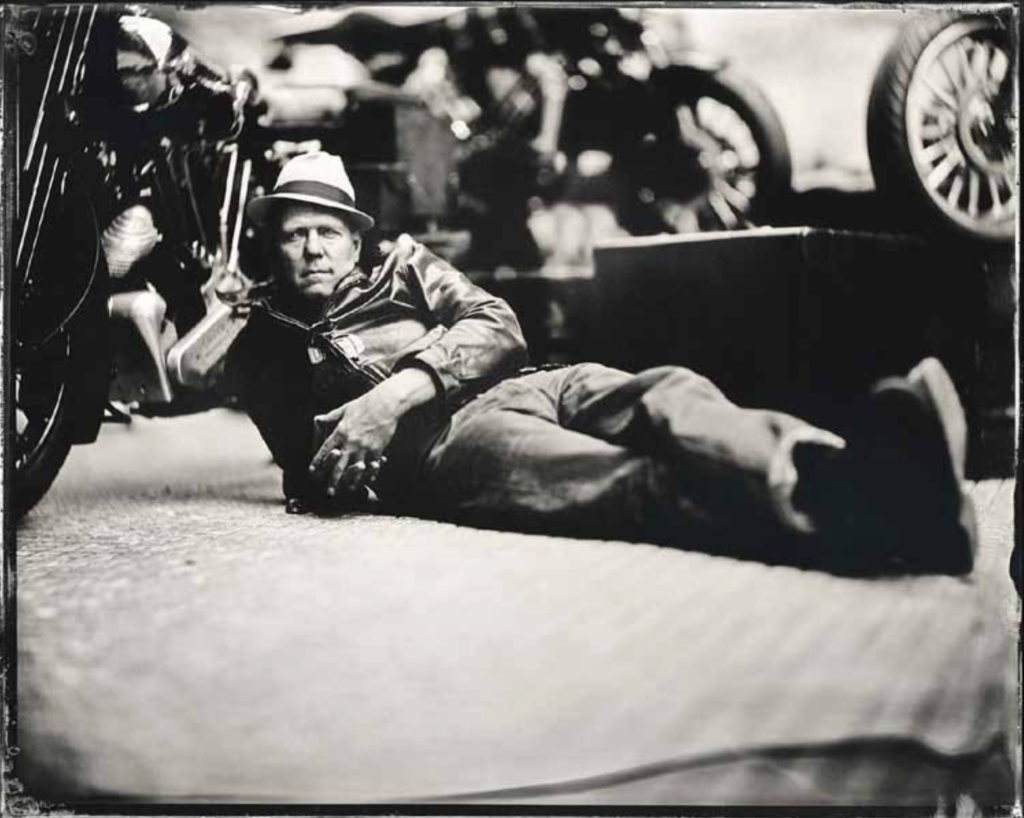
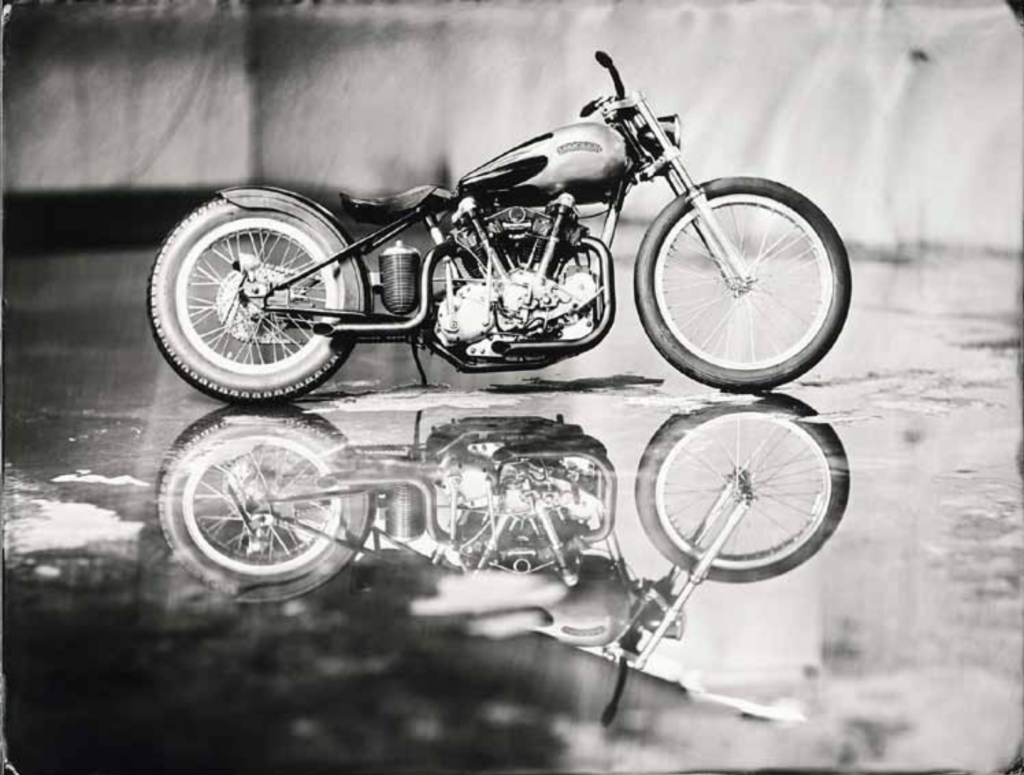
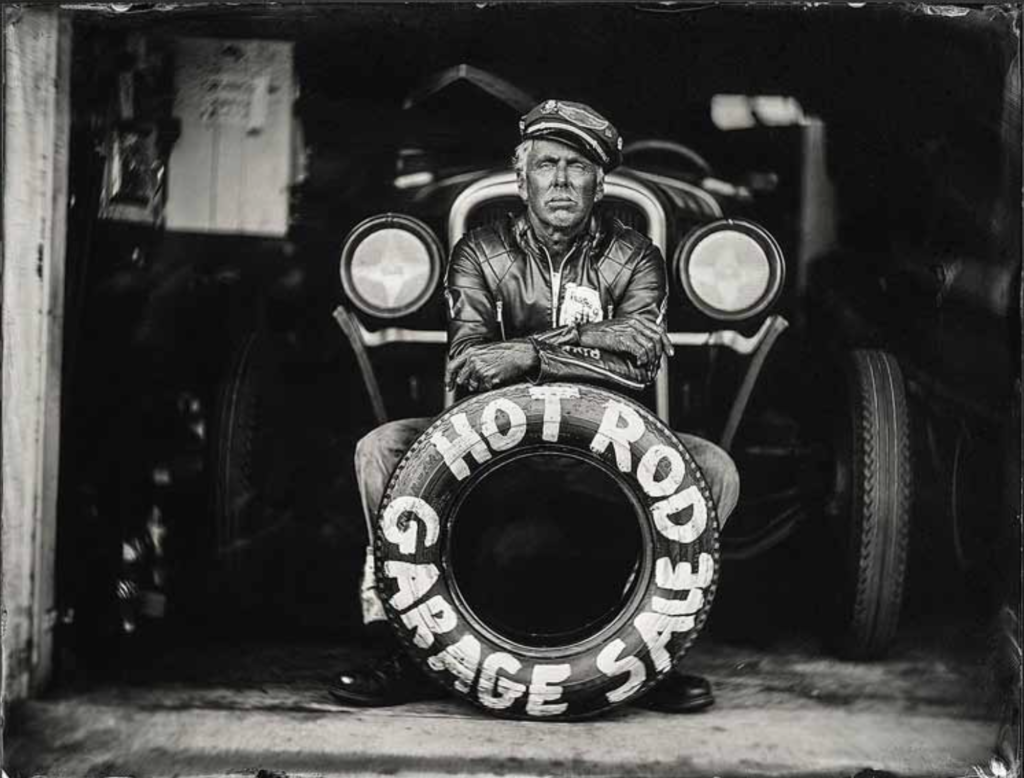
From Bernard Testemale:
“Art of Ride is the culmination of 10 years of photographic work: a voyage along the paths traced by pioneers of the artistic expression of wet plate photography, such as Gustave le Gray and Felix Tournachon, known as ‘Nadar’.
In the world of photography, as in that of antique vehicles, some are vintage and others are modern. For years I have been fascinated by 19th-century photographic techniques, and I use the original wet collodion process: a technique that has enabled me to produce extremely fine images. These black-and-white shots, with their infinite nuances, provoke an immediate flashback to the past, releasing an emotional charge that is as unique as it is unpredictable.
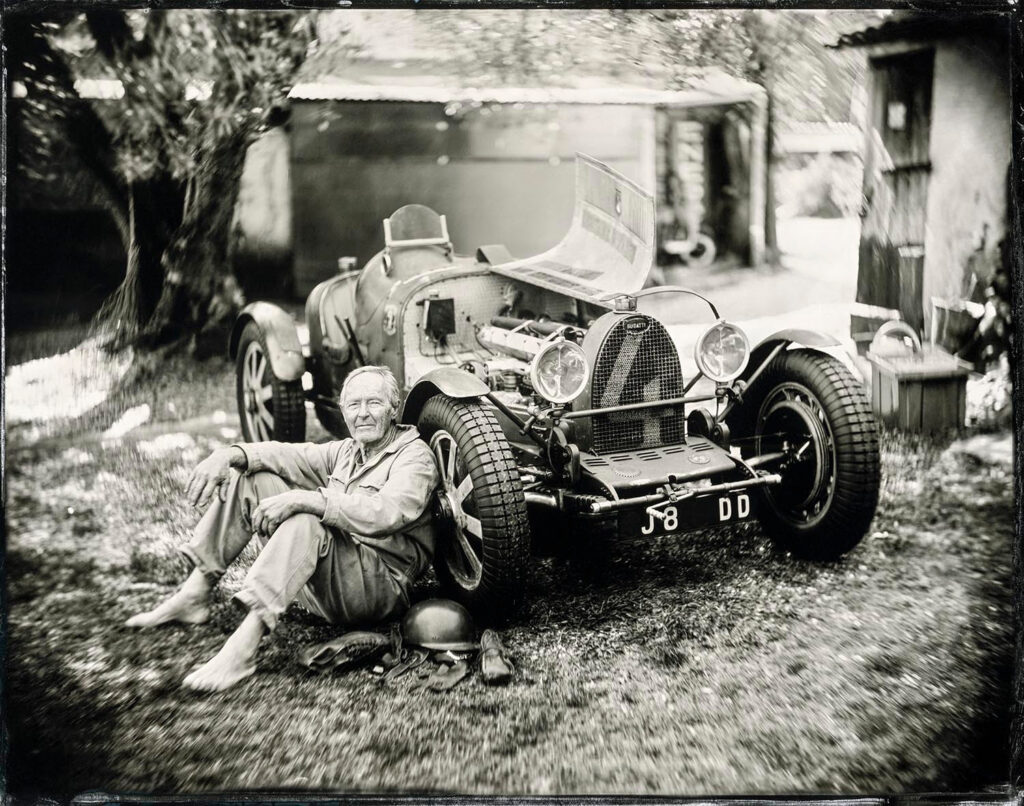
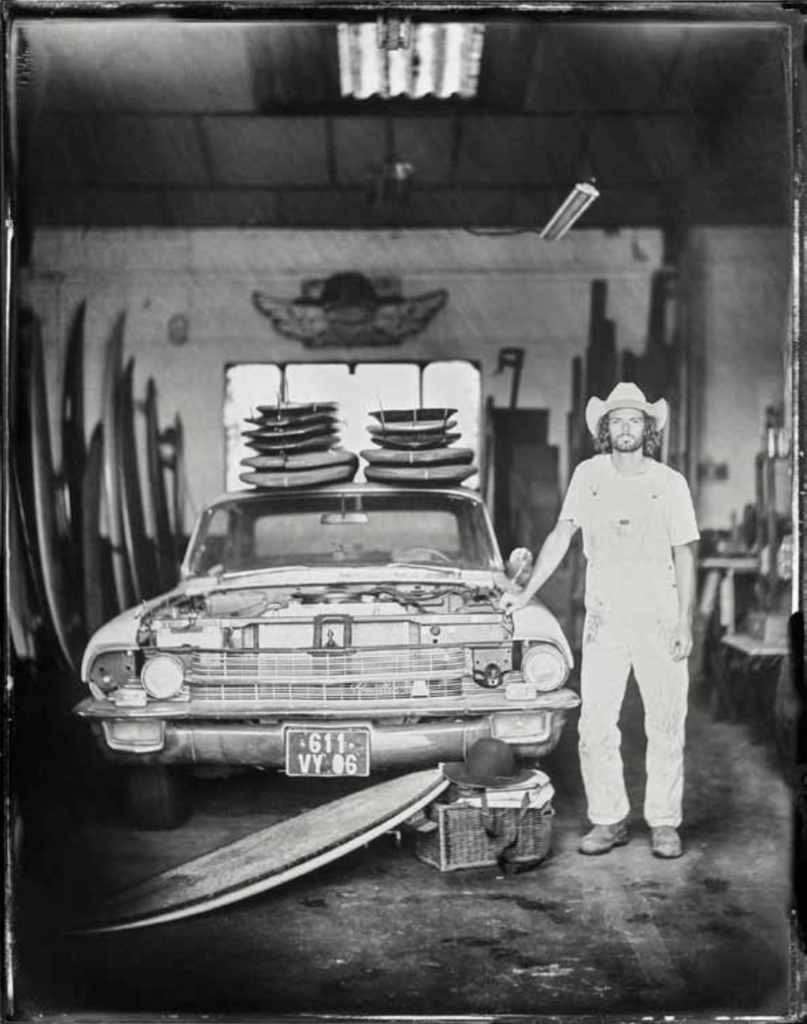
Support Bernard Testemale’s Art of Ride here.
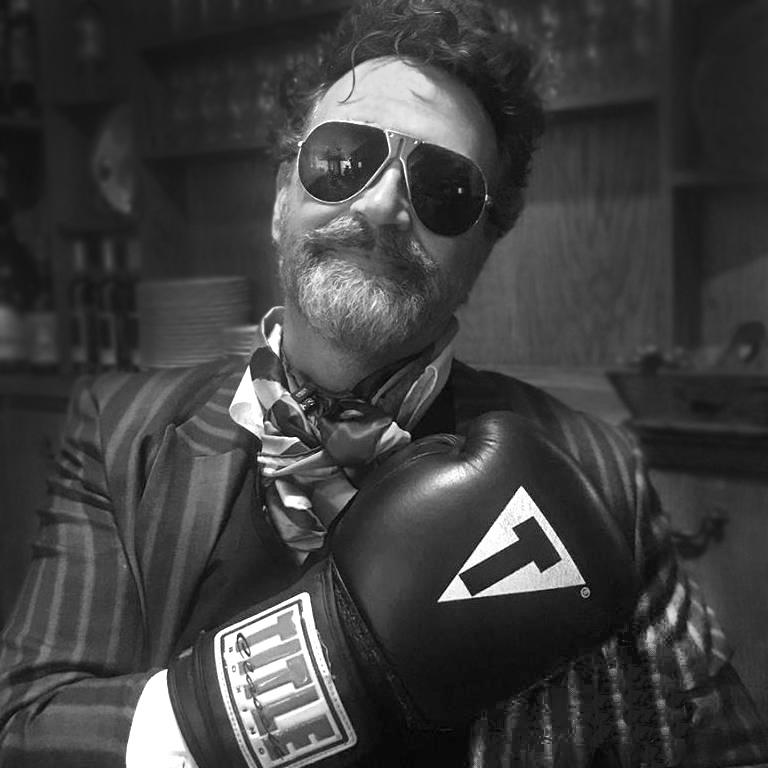

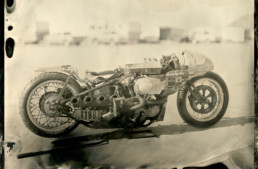
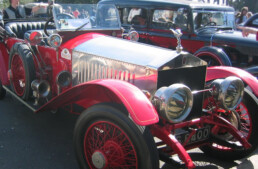
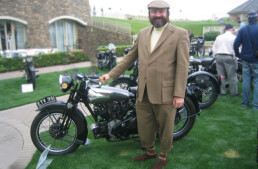
Wet plate photography …. TWO FREAKING HUGE thumbs up with a bullet ( music business idiom ) Especially large format wet plate . Takes a helluva lot of skill and knowledge to pull it off well … which from what I’m seeing Mr T has in abundance
And will ya lookee there .. a ghost from the past rises from wherever . None other than Mr Jeff Decker … looking like his ole bad**s self … only a little older … like all of us … damn I’ve missed his presence
More on Jeff please PdO !
When it comes to the vast differences between Wet Plate and automated digital ..
… to parody the ‘ bard ‘ ( David Byrne )
” This aint no Android – this aint no iPhone
This aint no foolin around
No Ai helpmates – no auto focus
Don’t get none of that now ”
In other words … you have to LEARN how to do it … practice it incessantly … be willing to fail miserably ..a lot along the way … and even when you do finally GET IT …. you’ll realize you’ll never fully master it … though you’ll have a few brilliant moments as you go
Hmmm …. just like REAL music versus the Industrial Puppet Theater garbage that passes as music … REAL music takes work …. wheres any damn fool can do 1000 track AutoTuned over synthesized dreck .. 99% of which regardless of what the credits say are not written by the puppet performing it …. and 99% of what you think you’re hearing live … is prerecorded with the band and the star Air Guitaring it .. charging you a godawful fortune to … err … watch it .
Sigh … lecture over …. you may feel like crap …. but to quote Judge Harry Stone’s father …” I’m a Whole Lot Better Now”
😎
PS; The one problem with Mssr. Testemale’s website is … its all in French ( my French is … mediocre at best ) not to mention … I’m betting getting money transferred to that site might be just a bit of a problem wha with … well …. you know